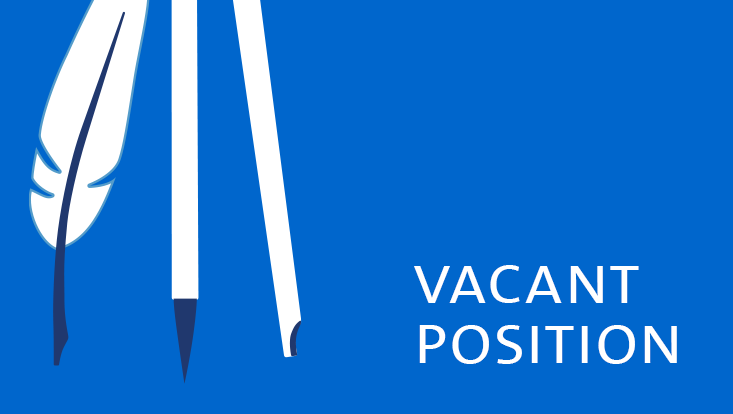What qualities make a space interesting for you? Which surfaces are suitable for interacting with your signs?
All architectural features that deviate from the norm or that make a statement are interesting to me. Surfaces that can be observed from different points of view can be very well marked and occupied by signs.
You explored the SUB often and thoroughly while developing the concept for the ‘Feverish Library’. What are the characteristics of the building, and how are they reflected in your installation?
You can approach the building from two different sides, from diagonally left and from diagonally right. Standing in front of the slightly tunnel-shaped entrance in the middle, a broad façade rises up. Its rhythmic structure and wide glass surfaces convey a permeability between the inside and the outside. I wanted to respond to both the entrance, which is marked with figurines, and the façade, which is textured with signs. Inside, the library makes an impression of continuity despite its nested areas. I will mark and charge different zones with very different works. My structural texts will clearly express the speed, the pull, and the duration of the writing processes. I will explore the heated and feverish dynamics, but also the changes of direction inherent in the writing movement. Everything is connected through atmospheres of unreadability.
The SUB exhibition and the parallel UWA conference ‘Studying Written Artefacts’ also mark the end of your ‘Increasing Countdown’, with which your engagement as Artist in Residence began two years ago. How do the impressions you gained during this time figure in your work?
The variety of impressions, encounters, and confrontations that took place is difficult to summarise, especially in a short form; they are too manifold. An encounter of researchers and artists can be inspiring, but the methods and strategies they employ are very contrasting. Besides productive interfaces, there are also incompatibilities. Both sides speak the same language, but very differently.
Irina Wandrey from the CSMC library and me are currently preparing a book that will reflect processes, questions, and other aspects of my time at CSMC. The volume will show many of my works that have emerged during these years.







